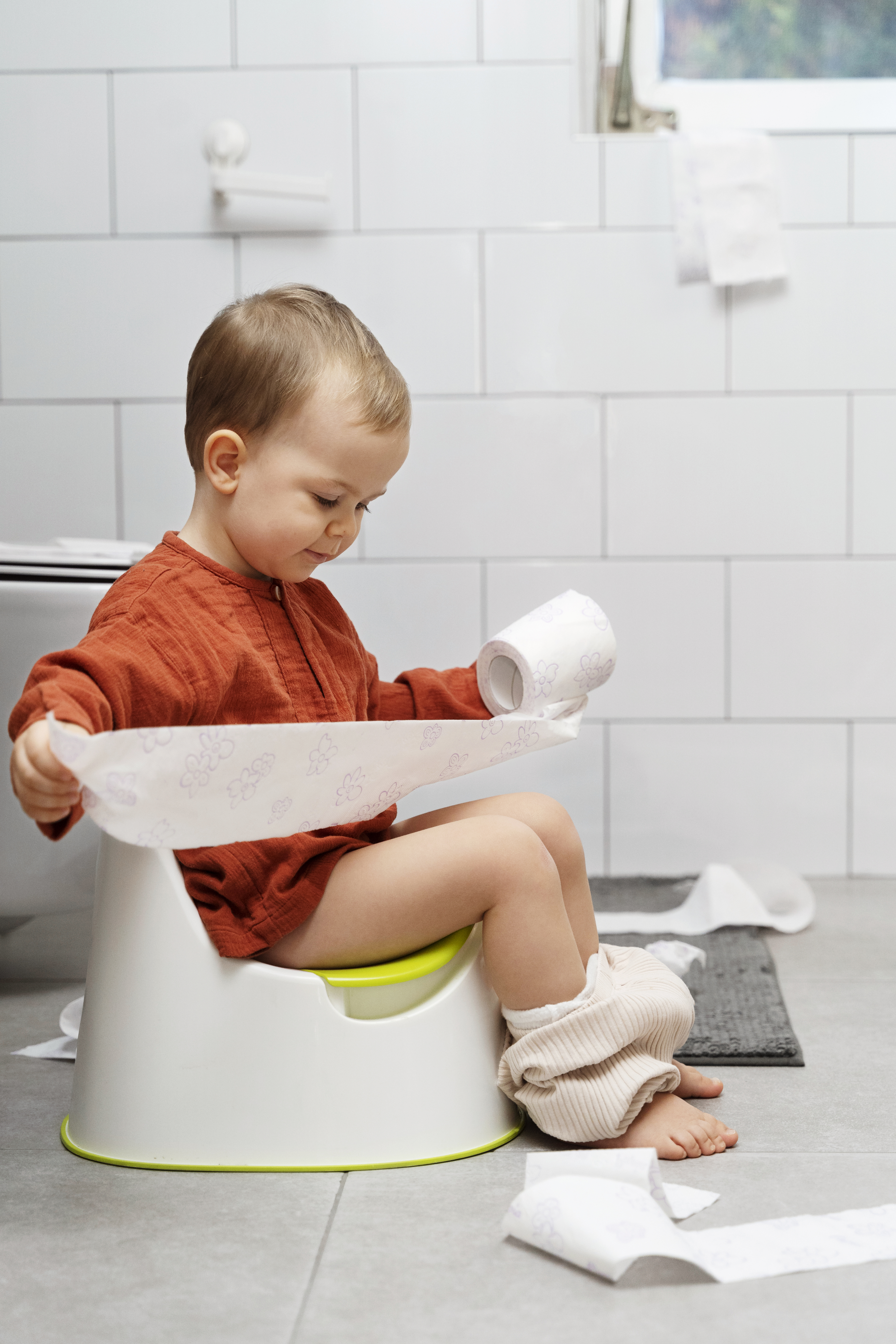
Fri Aug 02 - Written by: Stuti S.
Toilet training and children with autism
To give a professional, confidential guide for parents, caregivers, and professionals of toilet training for children with autism, offering insights and practical strategies in the field.
A professional guide and effective strategies
Toilet training is a significant developmental milestone, and for children with autism, this process can pose unique challenges.
It won’t remain a challenge for children with autism if we constantly work on it by implementing strategies, as evidence-based approaches can significantly enhance success rates.
This article aims to give a professional, confidential guide for parents, caregivers, and professionals of toilet training for children with autism, offering insights and practical strategies in the field.
Understanding the unique challenges
When it comes to toilet training, children with autism may face a variety of challenges, some of which are discussed below:
1. Sensitive to sensory issues:
Problems regarding the sounds, smells, and sensations associated with using the toilet which can be overwhelming.
The echoing flush, the abrupt change in temperature, the strong scents of cleaning agents, and even the feel of the toilet seat can create a sensory overload.
These elements, which might go unnoticed by most, can become significant obstacles, contributing to anxiety and discomfort.
2. Barriers to communication:
Difficulty expressing the need to use the toilet or understanding instructions can complicate the process.
For a child with autism, verbalizing the urge to go or even recognizing it can be challenging. They might not have the words or the confidence to communicate their needs, leading to frustration and accidents.
Similarly, understanding the sequence of steps involved in using the toilet can be confusing, especially if instructions are given too quickly or are not clear enough. This communication gap often results in anxiety and can cause the child to avoid using the toilet altogether.
3. Routine and predictability:
The transition from diapers to toilet use makes them stressful and might have difficulty adapting to changes in routine. The familiar comfort of diapers represents a consistent and unchanging part of their daily life.
Introducing the toilet involves not just a new skill, but a significant change in their routine, which can be overwhelming and anxiety-inducing.
Adapting to this change means facing new sensations, unfamiliar processes, and different expectations, all of which can be difficult to comprehend and accept. Any deviation from their established routine can lead to resistance, meltdowns, or regression.
4. Anxiety and fear:
Fear of the unknown or negative past experiences can heighten anxiety around toilet use.
Negative past experiences, such as a loud toilet flush that startled them or an uncomfortable experience with the cold seat, can create lasting impressions that further compound this fear.
The memory of these unpleasant sensations can cause the child to associate the toilet with distress, making them resistant to attempts at toilet training.
Strategic solutions for success
1. Structured routine
- Implementation of a consistent toileting schedule familiar with the child’s natural patterns to foster comfort.
- Clearly outline the process by utilizing social stories or visual schedules, reducing unpredictability.
2. Enhance communications
- Clear and straightforward language should be used and explain each step of the toileting process.
- Sign language or picture exchange communication (PECS) methods can be used as alternative communication methods to overcome verbal barriers.
3. Comfortable environment in the bathroom
- Set softer lighting, quieter environments, and familiar, calming scents according to the child’s sensory preferences.
- Introduce the child to the bathroom to build comfort without pressure.
4. Positive reinforcement
- Motivate and build confidence by rewarding small successes with chocolates, stickers, or verbal praise.
- Avoid punitive measures, as they can exacerbate resistance and anxiety.
5. Anchorage visual support
- Use visual clues in the bathroom to guide the child through each step of the toileting process. (Washing hands, flushing, and using toilet paper.)
- Visual timers can help them understand the time to spend in the bathroom.
6. Collaborate with specialists
- To obtain tailored strategies and support, engage with occupational therapists, behavioral therapists, and other professionals specializing in autism.
- Based on the child’s progress and changing needs, review and adjust strategies regularly.
Success Journey on Toilet Training
- Tommy’s achievement: Tommy was initially scared of the toilet but was encouraged while his parents used a favorite toy as a reward. As time passed, Tommy became comfortable with the routine.
- Lily’s triumph: Lily struggled a lot while adjusting to the bathroom environment. Her parents helped her with softer lighting, quieter environments, and familiar, calming scents, reducing pressure.
- Sam’s Success: Sam’s parents faced communication challenges. They introduced a picture exchange communication system (PECS) to help him indicate when he needed to use the toilet. This approach empowered him and led to a successful toilet training journey.
Professional Insights and confidentiality
A combination of professional expertise and confidentiality is required to incorporate these strategies. We should ensure that the child’s privacy and dignity are respected while conducting those interventions.
To ensure a cohesive and supportive approach, make sure to maintain confidential and clear communication with parents, caregivers, specialists, and involved stakeholders.
Conclusion
Toilet training children with autism necessitates a thoughtful, strategic approach. By understanding the unique challenges and implementing tailored strategies, parents, caregivers, and professionals can facilitate a smoother transition and achieve successful outcomes.
It may be complex, but with patience, collaboration, and empathy, children can reach this milestone which is essential with support and confidence.
Stakeholders can effectively address the challenges of toilet training for children with autism by adopting these strategic and confidential approaches, ensuring a positive and successful experience.